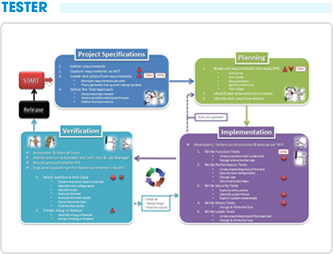024 38560777
Binary Tree (Cây nhị phân)
Trong khoa học máy tính, cây nhị phân là một cấu trúc dữ liệu được sử dụng rộng rãi gồm một tập hợp các nút (tiếng Anh: [node]) được liên kết với nhau theo quan hệ cha-con. Cây trong cấu trúc dữ liệu đầu tiên là mô phỏng (hay nói cách khác là sự sao chép) của cây (có gốc) trong lý thuyết đồ thị. Hầu như mọi khái niệm trong cây của lý thuyết đồ thị đều được thể hiện trong cấu trúc dữ liệu. Tuy nhiên cây trong cấu trúc dữ liệu đã tìm được ứng dụng phong phú và hiệu quả trong nhiều giải thuật. Khi phân tích các giải thuật trên cấu trúc dữ liệu cây, người ta vẫn thường vẽ ra các cây tương ứng trong lý thuyết đồ thị.
By English
In computer science, a binary tree is a tree data structure in which each node has at most two child nodes, usually distinguished as "left" and "right". Nodes with children are parent nodes, and child nodes may contain references to their parents. Outside the tree, there is often a reference to the "root" node (the ancestor of all nodes), if it exists. Any node in the data structure can be reached by starting at root node and repeatedly following references to either the left or right child. A tree which does not have any node other than root node is called a null tree. In a binary tree, a degree of every node is maximum two. A tree with n nodes has exactly n−1 branches or degree.
Binary trees are used to implement binary search trees and binary heaps, finding applications in efficient searching and sorting algorithms.
Like Doanh nhân số







































